If your garden soil feels heavy, sticky, and dense—you’re probably working with clay. While many plants struggle in such conditions, not all hope is lost. In fact, some vegetables actually thrive in clay soil, thanks to its moisture-retentive nature and mineral richness. The key is knowing which crops love a little resistance and how to help them settle in.
In this list, you’ll discover 15 delicious and resilient vegetables that grow surprisingly well in clay-heavy soil. With a few simple tweaks like raised beds or organic amendments, you can transform your challenging patch into a productive, tasty oasis—no soil overhaul required.
Carrots
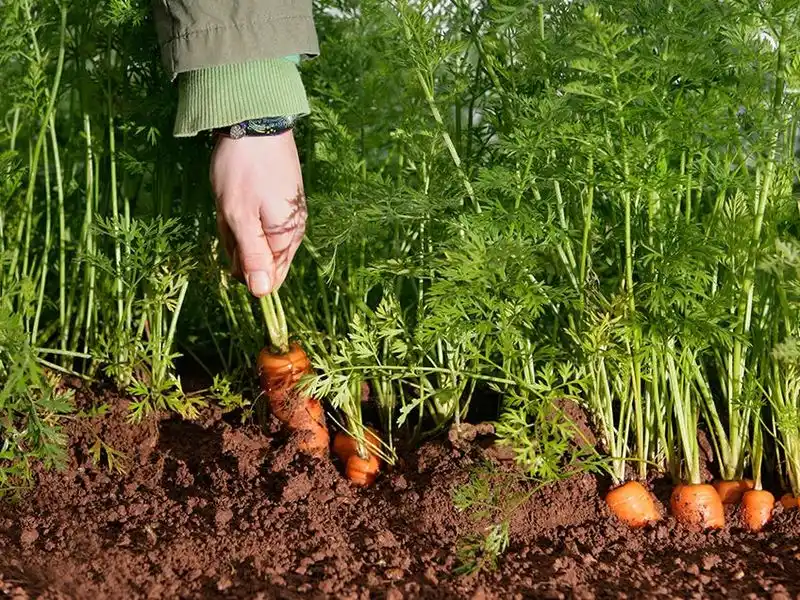
Carrots are an excellent choice for clay soil gardeners. These root vegetables are well adapted to heavier soils and develop a sweet flavor when grown in dense earth. To help them grow straight, ensure the soil is well-tilled and free from large stones.
Carrots store well, making them versatile for many dishes. Consider planting shorter varieties if your soil is particularly compact. With patience and the right conditions, you’ll enjoy a crunchy, sweet harvest that’s perfect for snacking or cooking.
Beets
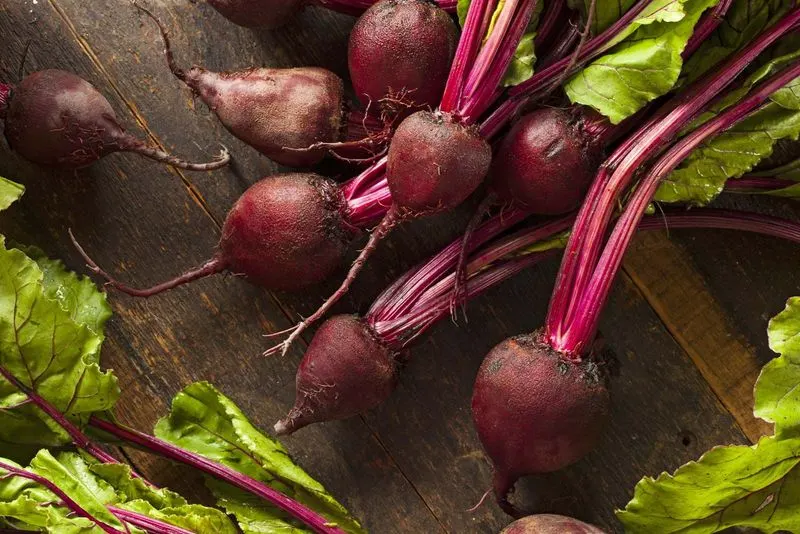
Beets offer a burst of color and nutrients to your clay soil garden. Known for their striking red hue, they thrive in compact soil without much fuss. The trick is to keep the soil evenly moist and not let it dry out completely.
These vibrant vegetables can be harvested at various sizes, offering a dual-purpose crop with both roots and greens being edible. Enjoy them roasted, pickled, or fresh in salads for a healthy treat.
Potatoes
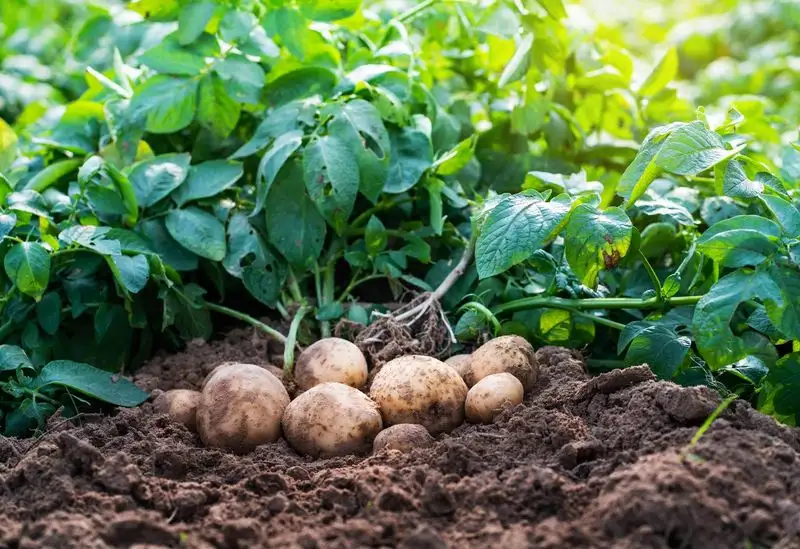
Potatoes make the most of clay soil’s moisture-retentive properties. These tubers thrive in compact soils that hold nutrients well. Whether you prefer russets or reds, potatoes adapt well to various clay conditions.
Ensure your soil is loose enough to allow for tuber expansion. Mounding soil around growing plants can enhance yields. With the right care, your clay soil garden will yield a hearty supply of potatoes ready to bake, mash, or fry.
Cabbage
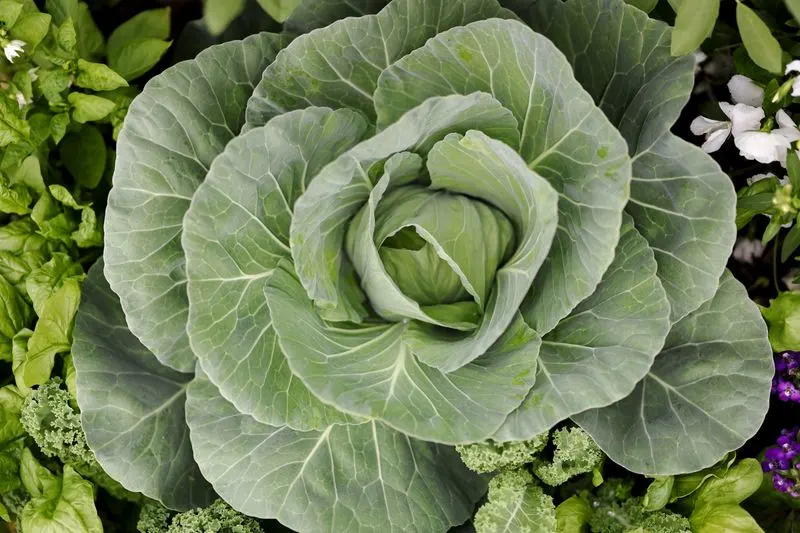
Cabbage is a robust vegetable that doesn’t mind the challenges of clay soil. Its large, leafy heads benefit from the moisture retention of clay, promoting steady growth. As a cool-season crop, it’s ideal for early spring or fall planting.
When planting, ensure adequate spacing as cabbage needs room to form properly. Harvest when heads are firm, and enjoy its crunchy texture in salads or cooked dishes.
Brussels Sprouts
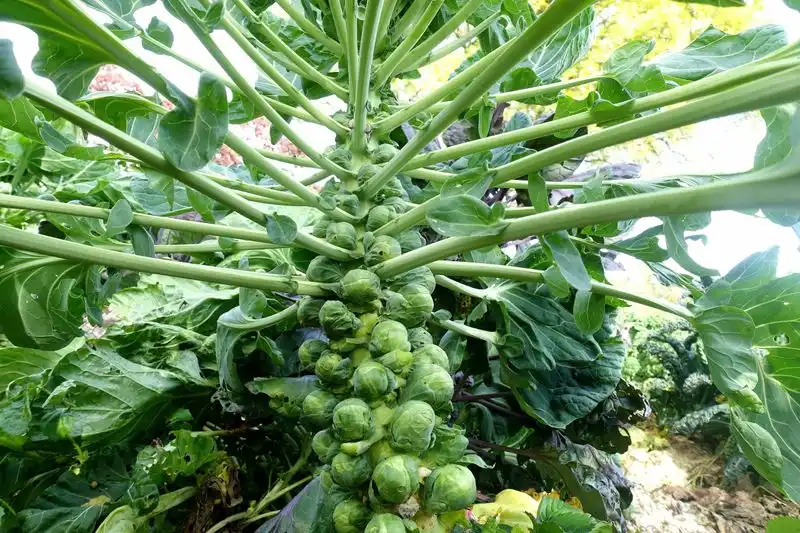
Brussels sprouts bring a unique charm to any garden. These mini-cabbage-like sprouts grow well in clay soil due to their sturdy nature. A long growing season allows these plants to fully develop, especially when started early.
Provide support as they grow tall, and mulch to retain soil moisture. Try them roasted for a nutty, sweet flavor that even skeptics might enjoy.
Kale
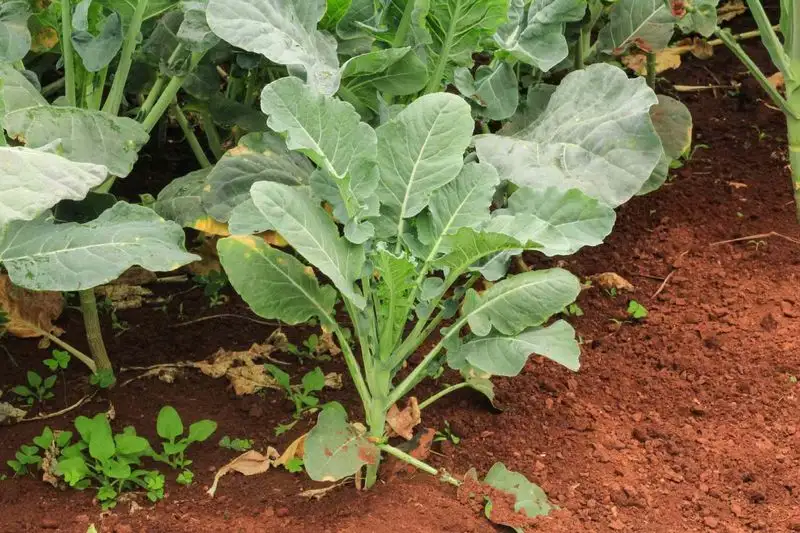
Kale’s hearty nature makes it a top choice for clay soil gardens. This leafy green is remarkably adaptable, thriving in less-than-perfect soils. Regular watering and partial shade can enhance growth, making it tender yet crisp.
Whether added to smoothies, salads, or soups, kale is a nutritional powerhouse. For a sweeter taste, harvest leaves after a light frost.
Swiss Chard
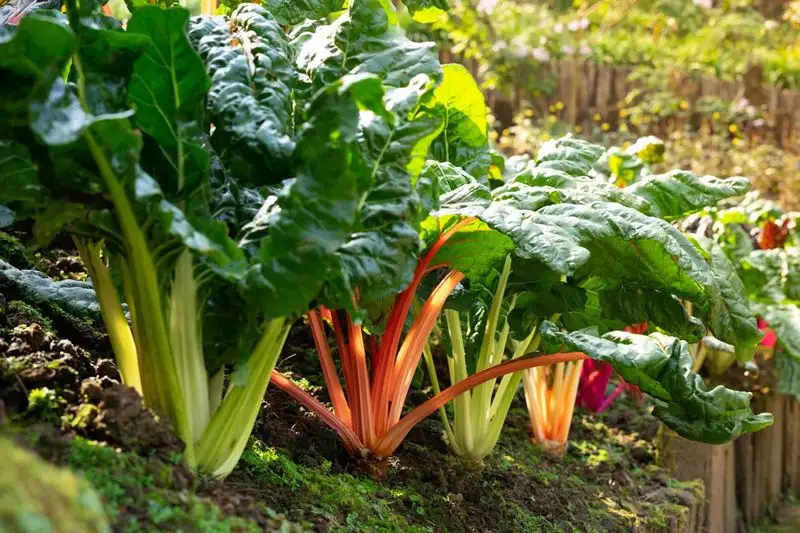
Swiss chard offers a splash of color with its bright stalks and dark green leaves, thriving beautifully in clay soil. This vegetable is forgiving, requiring minimal care once established.
It’s perfect for gardeners seeking a continuous harvest, as you can pick leaves individually. Swiss chard is great sautéed or as a raw addition to salads, providing both beauty and nutrition.
Spinach

Spinach stands out as a cool-season favorite. Its ability to grow quickly and withstand cooler temperatures makes it ideal for clay soil. Ensure consistent moisture for tender leaves that are perfect in salads or cooked dishes.
Spinach is versatile and can be planted in early spring or fall. Harvest leaves regularly to encourage new growth, and enjoy its mild flavor in a variety of meals.
Onions
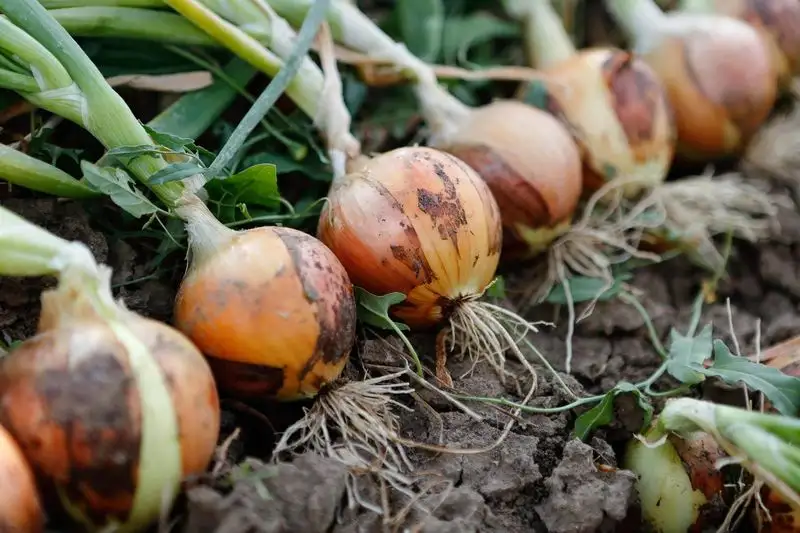
Onions are tenacious and well-suited for clay soil gardening. Whether you choose red, yellow, or white varieties, they store well and add a flavorful punch to meals.
To ensure success, plant in well-drained soil and provide consistent watering. Onions can be harvested at different stages, from green onions to mature bulbs. Use them fresh or cooked for an aromatic addition to your culinary creations.
Garlic
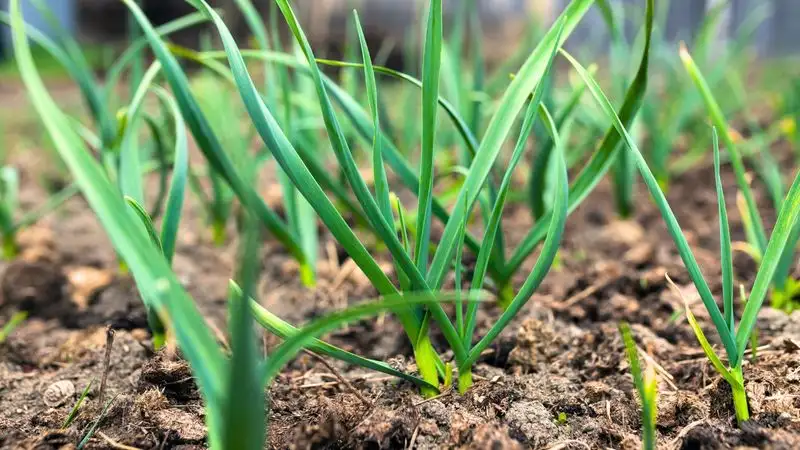
Garlic’s robust flavor is matched by its hardiness in clay soil. Plant cloves in the fall for a summer harvest, as they require a cold period to develop. Full sun and occasional watering will help them thrive.
As the plants mature, you’ll notice the distinctive garlic aroma. Harvest when the tops yellow and dry, then cure them for long-term storage. Enjoy garlic’s pungent taste in a variety of dishes.
Parsnips
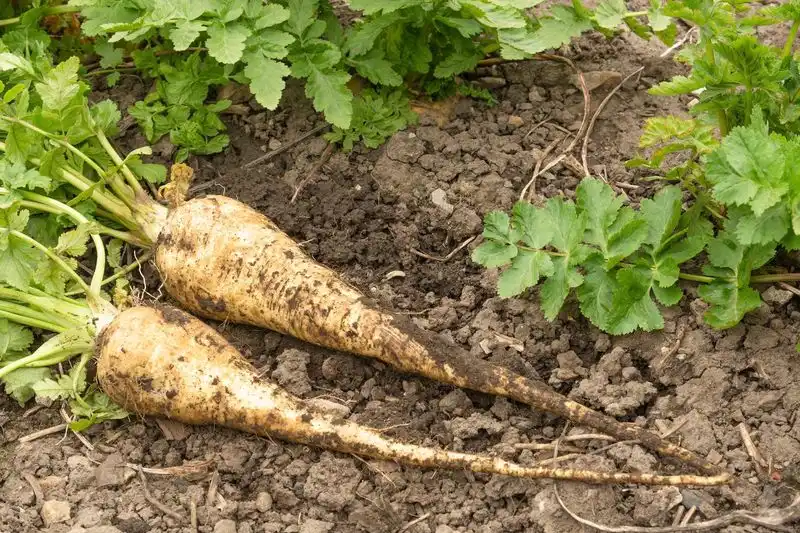
Parsnips are a bit of a hidden gem in the vegetable world. Their long, creamy roots develop a sweet flavor when exposed to frost and grow very well in clay soil.
These hardy vegetables are best sown directly into the garden. Regular watering and a bit of patience will reward you with roots perfect for roasting or soups. Their nutty sweetness is a delightful addition to any meal.
Turnips
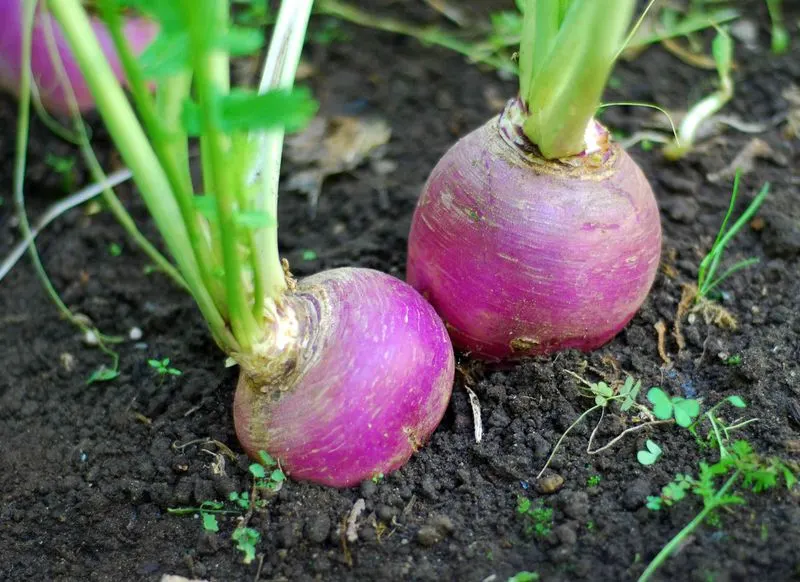
Turnips are well-suited for the dense composition of clay soil. Both the roots and the greens are edible, providing versatility in your garden. Frequent watering will help them develop smoothly without cracks.
Turnips can be planted in spring and fall, fitting into various gardening schedules. Enjoy their crisp texture raw or cooked, adding a peppery flavor to dishes.
Rutabaga
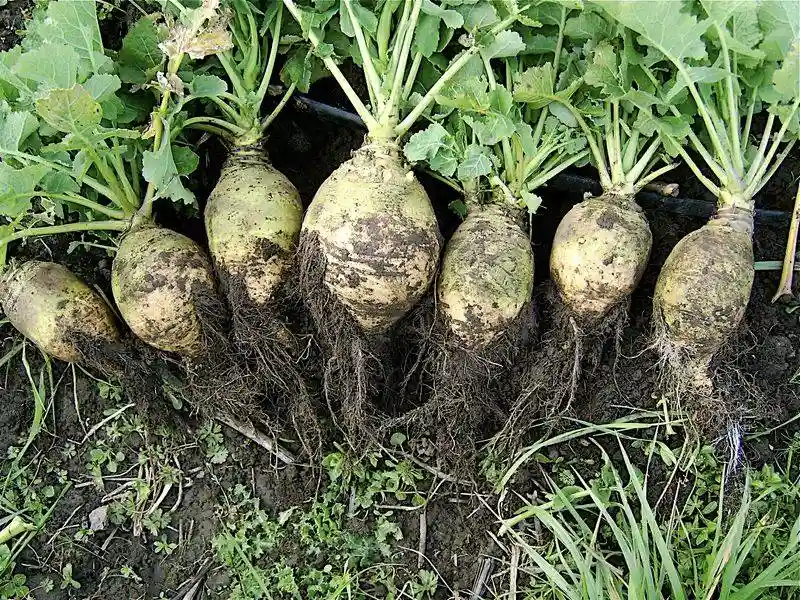
Rutabagas might not be a garden staple, but they have much to offer. Their large, round roots thrive in clay soil conditions, and they store well for winter use.
Plant them in late spring for a fall harvest, and provide consistent moisture to prevent them from becoming woody. Whether mashed, roasted, or added to stews, rutabagas offer a mild sweetness with a hint of earthiness.
Radishes
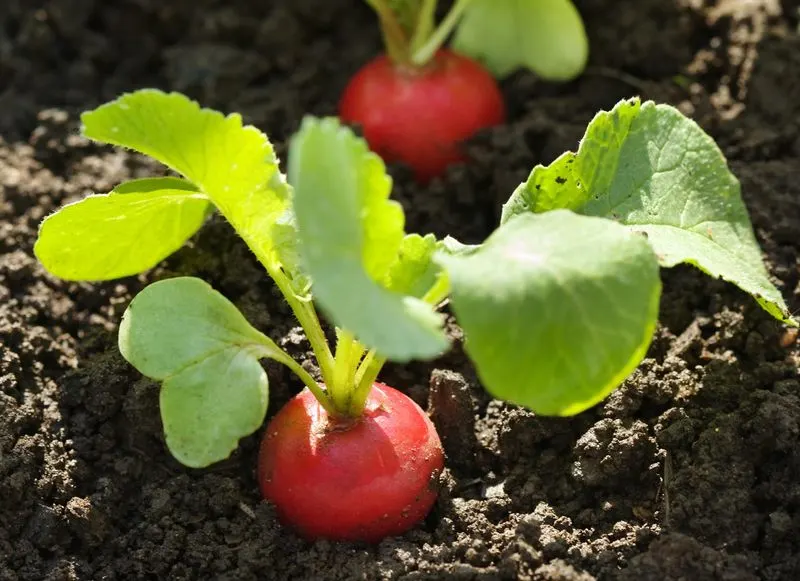
Radishes bring a peppery flair to the garden and are quick to mature, making them ideal for impatient gardeners. They grow well in clay soil, developing their crisp texture and vibrant color.
These small root vegetables can be sown in succession to ensure a continuous harvest throughout the growing season. Slice them into salads for a refreshing crunch, or enjoy them as a healthy snack.
Leeks
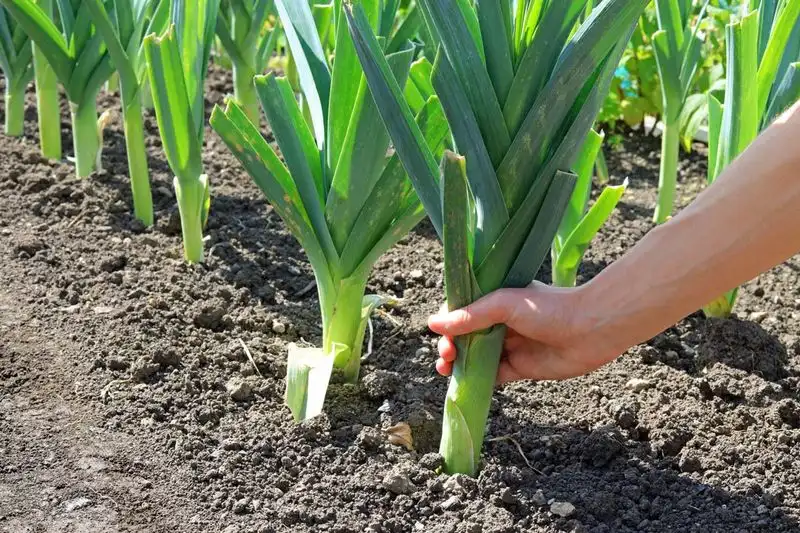
Leeks enhance any garden with their elegant appearance and mild onion flavor. They do well in clay soil, particularly when given time to mature slowly. Plant them in trenches and gradually fill in soil as they grow for blanched stalks.
A reliable crop for late summer or fall, leeks can be harvested as needed. Their subtle taste is perfect for soups, stews, or simply grilled as a side dish.

